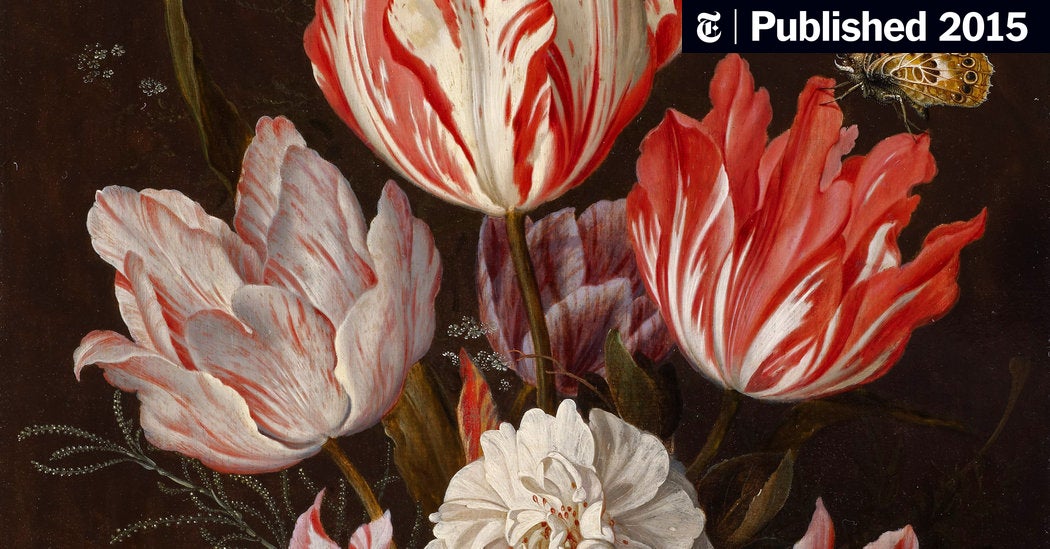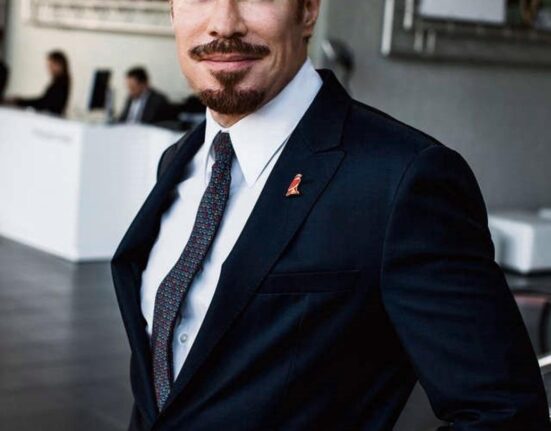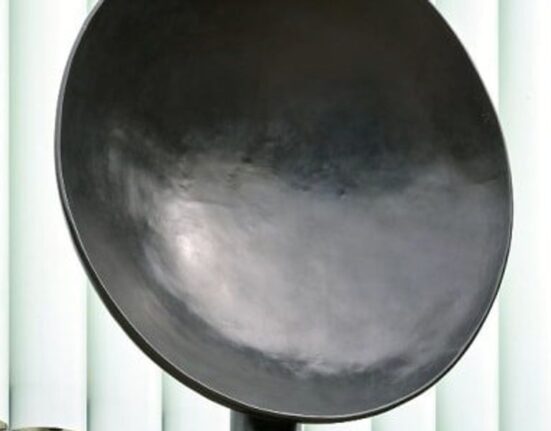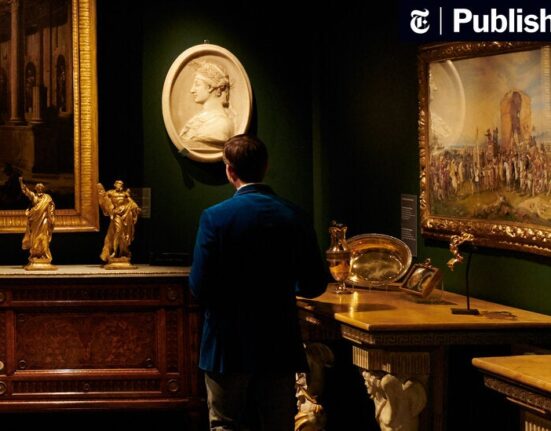It may only be 28 years old, but The European Fine Art Fair in the Dutch town of Maastricht has about it what antiques dealers refer to as a “patina”: the appealing gloss that age and venerability can bring.
This year the fair, known by its acronym Tefaf and often referred to simply as Maastricht, will feature about 270 dealers from 20 countries gathered in the city’s Exhibition and Congress Center from March 13 to 22.
The fair’s reputation for quality brought more than 74,000 visitors streaming through last year to see a wide range of artworks from many centuries.
“It’s the sheer breadth of the thing,” said Malcolm Rogers, the director of the Museum of Fine Arts, Boston, explaining the fair’s allure. “There are dealers from all over Europe that you could never visit. They bring their best works to one place.”
Mr. Rogers is a 15-year veteran of attending the fair. “I wasn’t a believer at first, but when I finally went, I was completely swept away,” he said. And the same goes for the delegation he brings along each time, composed of museum trustees, donors and other art lovers from Boston.
“Most years we find something we want to buy for the museum, and the more attainable items are often supported by people on the trip,” Mr. Rogers said, adding that there is also a lot of pining over “unattainable treasures.”
That kind of attention from the top echelons of the museum world is part of the reason that organizers think in terms of small tweaks when they plan each edition. “Don’t fix something that’s not broken,” said Willem van Roijen, chairman of Tefaf’s executive committee. “But you have to keep up with the times, too.”
One recent change occurred in the fair’s day-to-day leadership. After 17 years, Paul Hustinx stepped down from the position of chief executive officer and was replaced by Patrick van Maris, who will start in May.
Each year Tefaf mounts a new loan exhibition, and this year fairgoers will be able to see “Teyler’s Legacy,” when they are not strolling the aisles. The show looks at the connoisseurship of the 18th-century Dutch financier Pieter Teyler van der Hulst, whose collection resides in the Teylers Museum in Haarlem.
The entrance hall has also been given a makeover to set a mood for collecting upon arrival. “The hall will be spectacular this year,” Mr. van Roijen said. Tom Postma, the fair’s designer, worked with Pieter Huijgen, head of the Dutch National Opera’s lighting department, to creatively illuminate translucent and transparent textiles to dramatic effect.
The fair’s strict vetting process for every object on display has always been Tefaf’s singular selling point, since authenticity and quality are paramount in the art world. But even that process has shifted in the last few years.
“It used to be mostly dealers judging each other, which doesn’t work very well,” Mr. van Roijen said. “That creates all kinds of problems.”
Now, the 175-member vetting committee has only a handful of dealers, and it is mostly made up of outside experts from museums and academia who use the latest tools of the trade.
“They have all these high-tech machines that can tell us everything about a piece,” Mr. van Roijen said. “It’s very difficult to get away with fakes.”
No one is more conscious of Tefaf’s longstanding traditions than the first-time exhibitors, most of whom have waited years to be admitted to the fair.
One first-timer, Thomas Bompard, who is the founder of Paris’s Galerie Gradiva and a former Sotheby’s specialist, said he was committed to respecting the “codes and aesthetics of Maastricht.”
Galerie Gradiva specializes in Impressionist, modern and contemporary art, and the booth will feature Max Ernst’s “La Carmagnole” (1927), as well as Gustave Moreau’s “Salomé Au Jardin” (1878).
“It’s the highest density of quality of any fair,” Mr. Bompard said. “When you prepare a stand for Maastricht, you give it a little more care. It has to be a lesson of taste.”
Those lessons are increasingly for a worldwide audience. Mr. van Roijen noted that recently the fair had brought an uptick in visitors from Japan, China and South America.
Still, for dealers not based in Europe, the fair is considered an opportunity to reach collectors on the Continent.
“As international as the art world is, there’s still regionality,” said Mark Schaffer, director of A La Vieille Russie in New York, which has exhibited for 20 years at Tefaf. “There are Continental Europeans who may never come to New York to see us.”
Whatever country they call home, the visitors themselves are well vetted. “It’s a very educated and knowledgeable fairgoer,” Mr. Schaffer said. “And that’s fun for the exhibitor.”
A La Vieille Russie’s stock in trade is European and American antiques and jewelry, with an emphasis on Fabergé and Russian objects. This year the gallery will show a gilded-silver flatware set by Fabergé with handles made of Japanese daggers. “It’s especially interesting for the Maastricht audience,” Mr. Schaffer said of the flatware. “It crosses a lot of disciplines.”
Although Tefaf has lately branched into contemporary art, many dealers and visitors feel that older works still constitute the heart of the fair.
The London-based Old Master dealer Johnny Van Haeften, who specializes in 17th-century Dutch art, started showing at one of the fair’s predecessor events, Pictura, in 1977.
“We reckon that 70 to 80 percent of the world’s Dutch Old Masters will be in that building during the fair,” said Mr. Van Haeften, who this year is bringing still lifes by artists like Ambrosius Bosschaert and Jan van Kessel the Elder.
Anyone interested in such things is compelled to come to Maastricht, Mr. Van Haeften said, because their numbers are rapidly dwindling. “There’s a finite supply,” he added. “If you want Damien Hirst to do another spin painting, he can do so easily. Bruegel is not available to be resurrected to do more work.”







